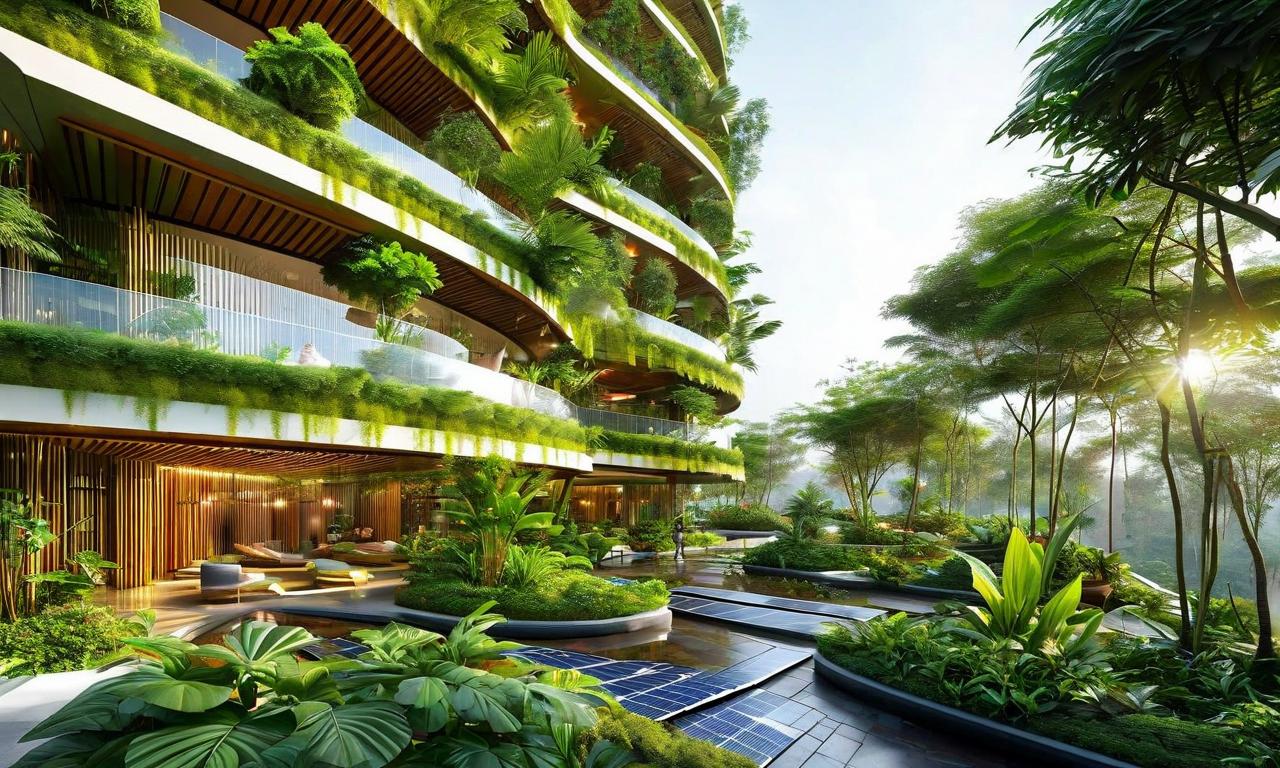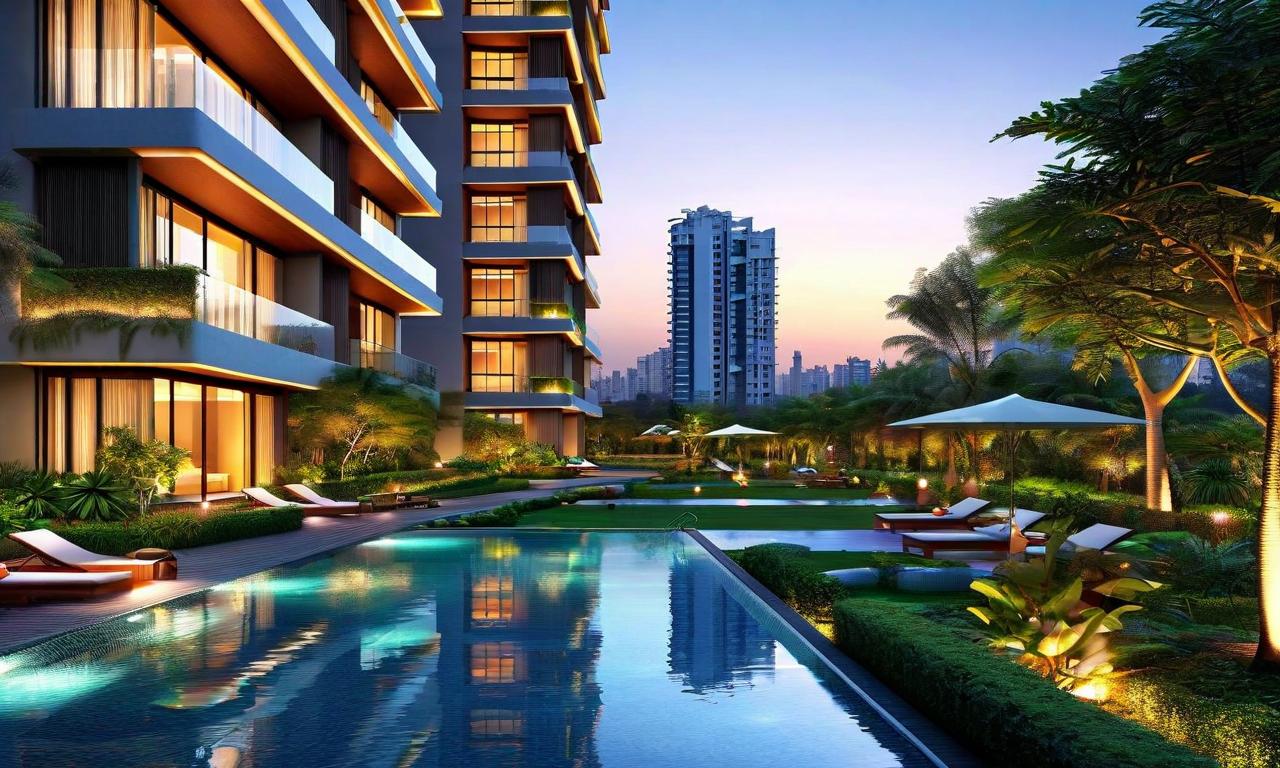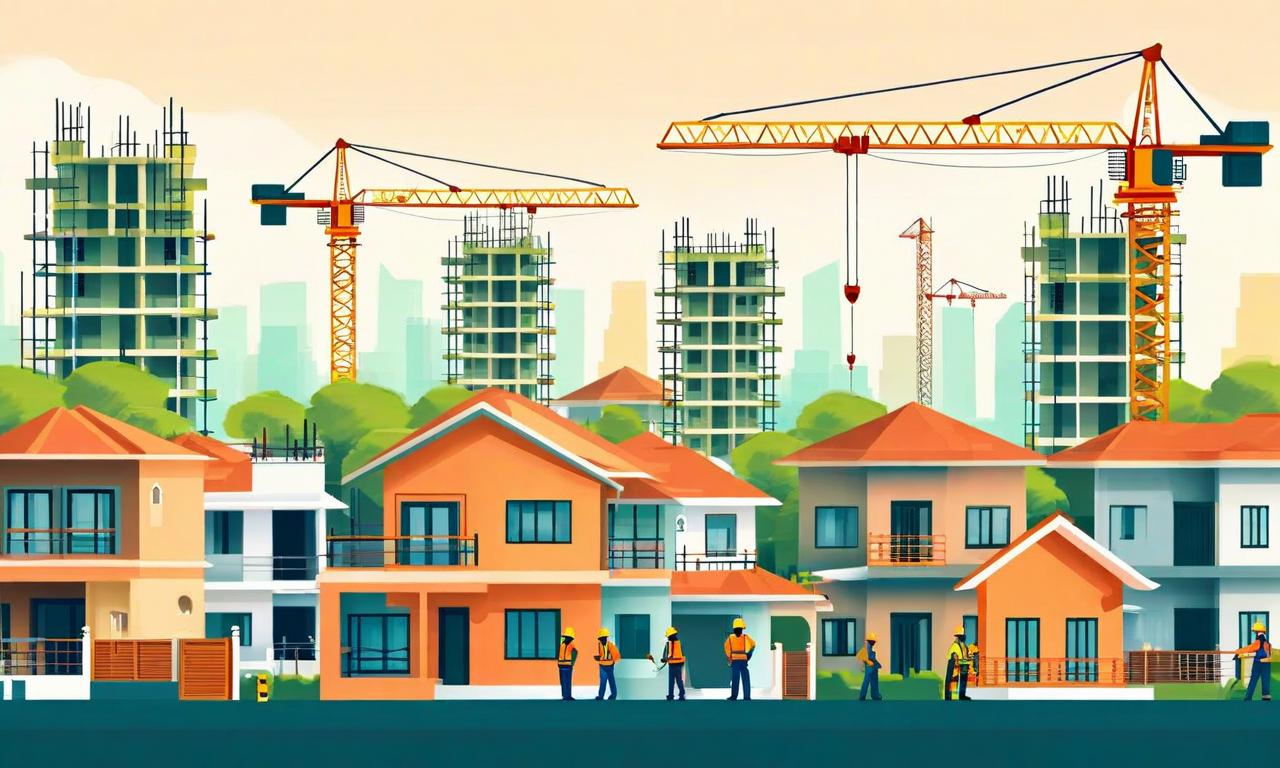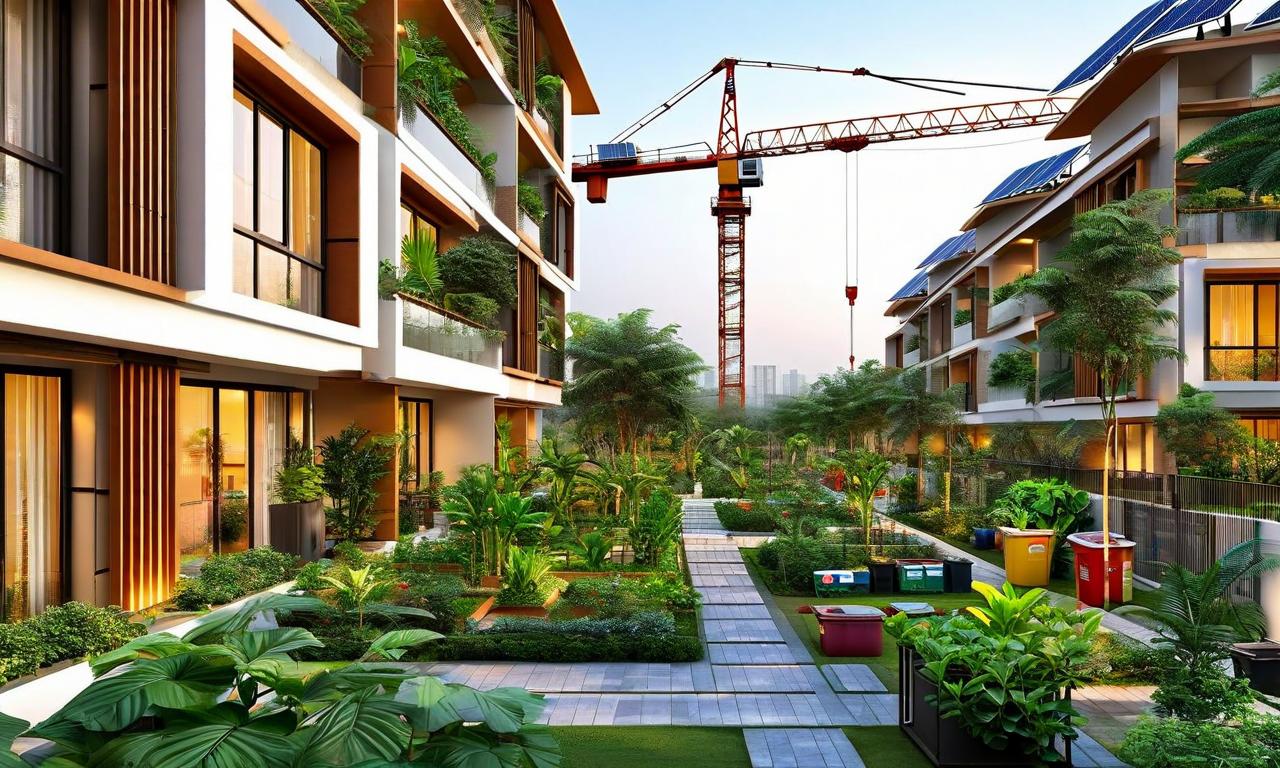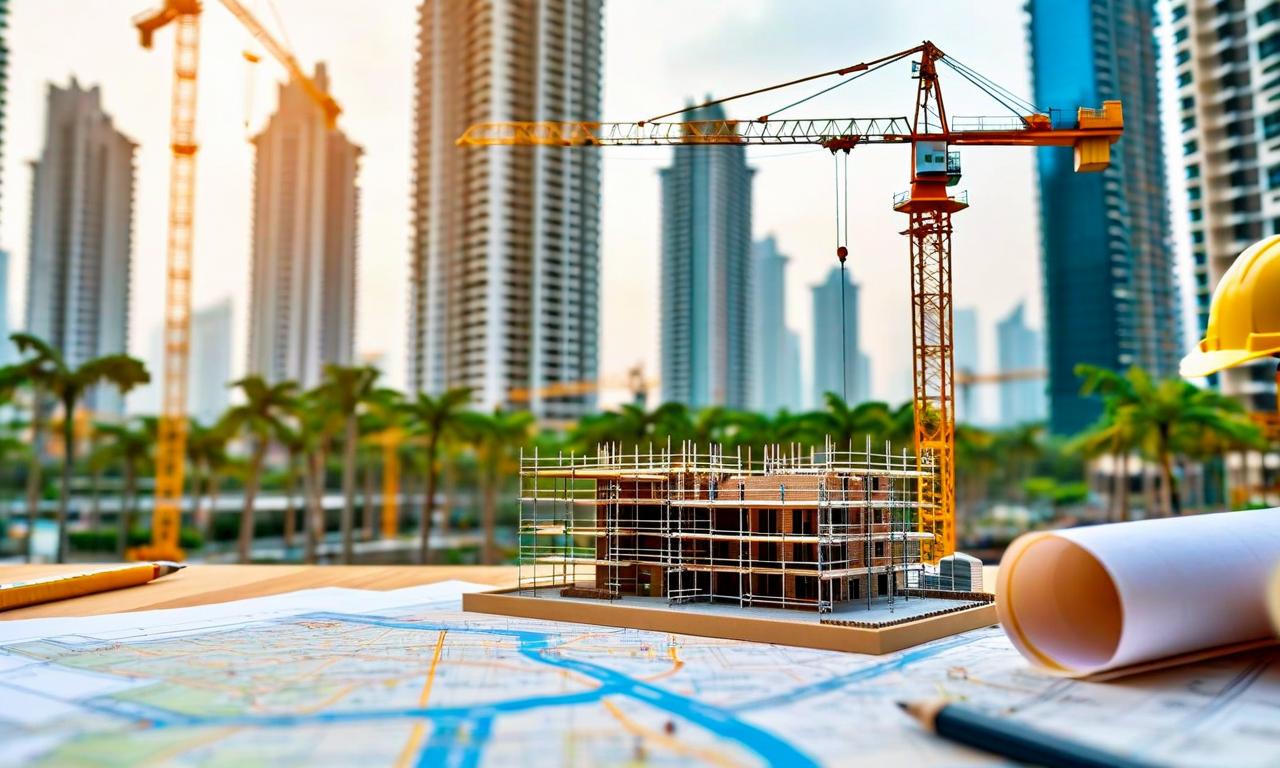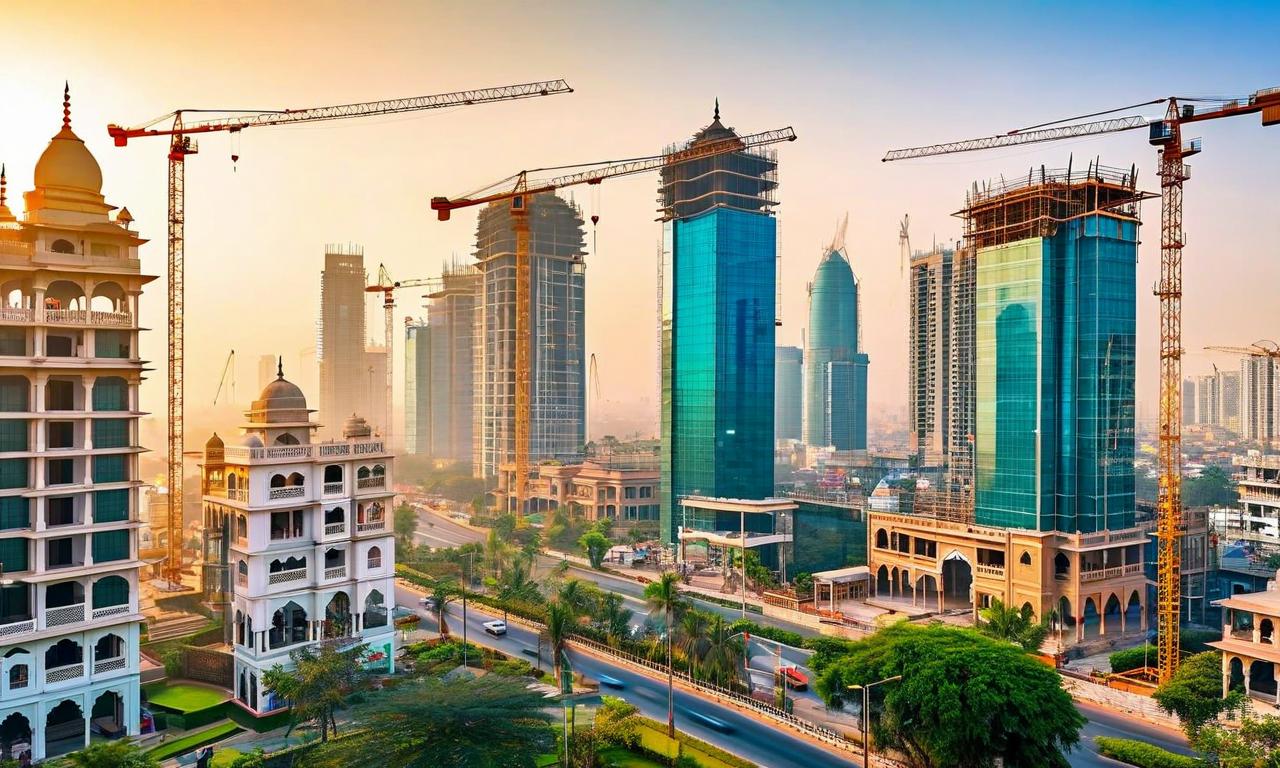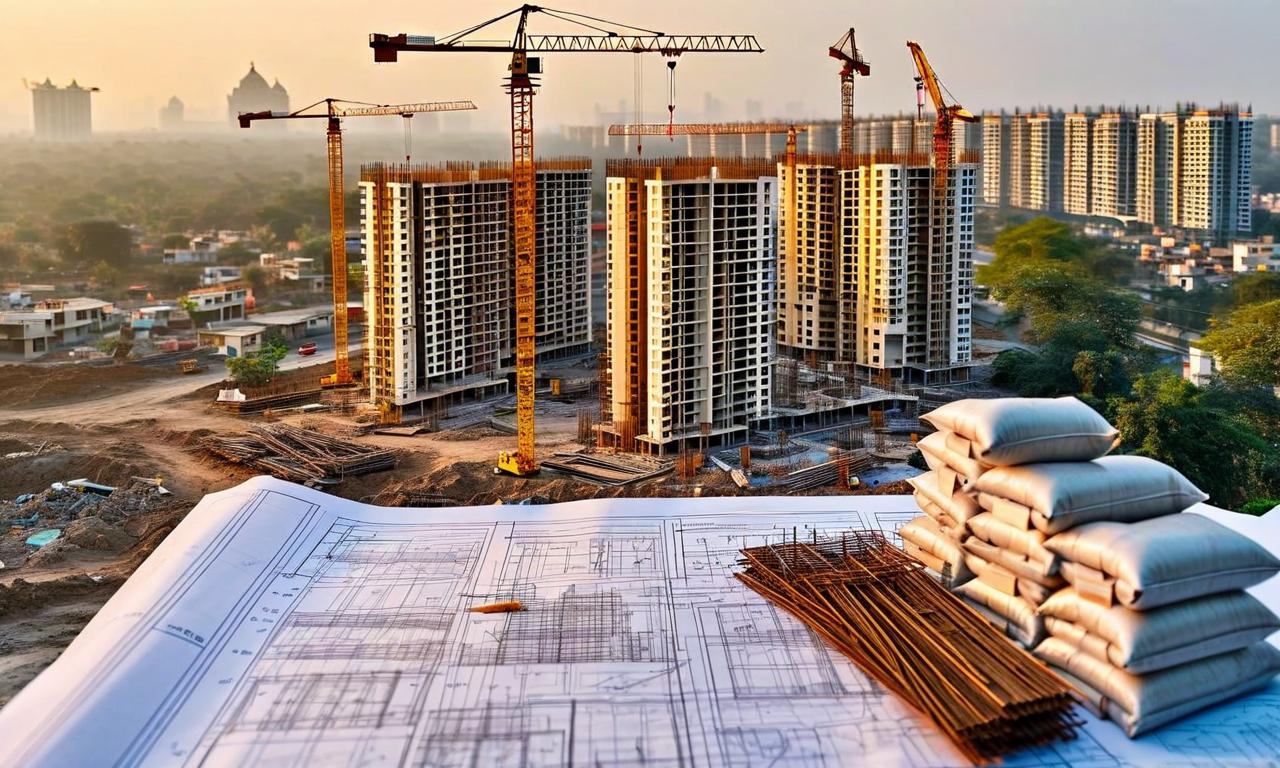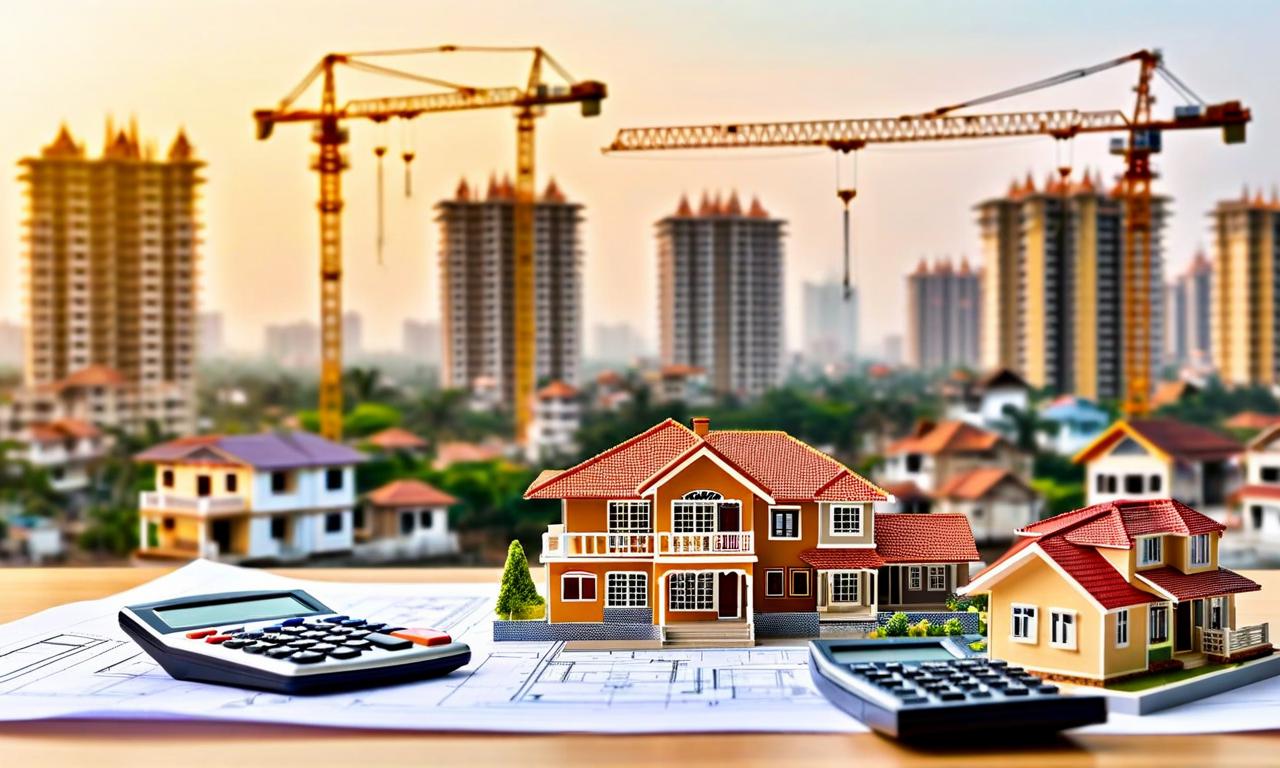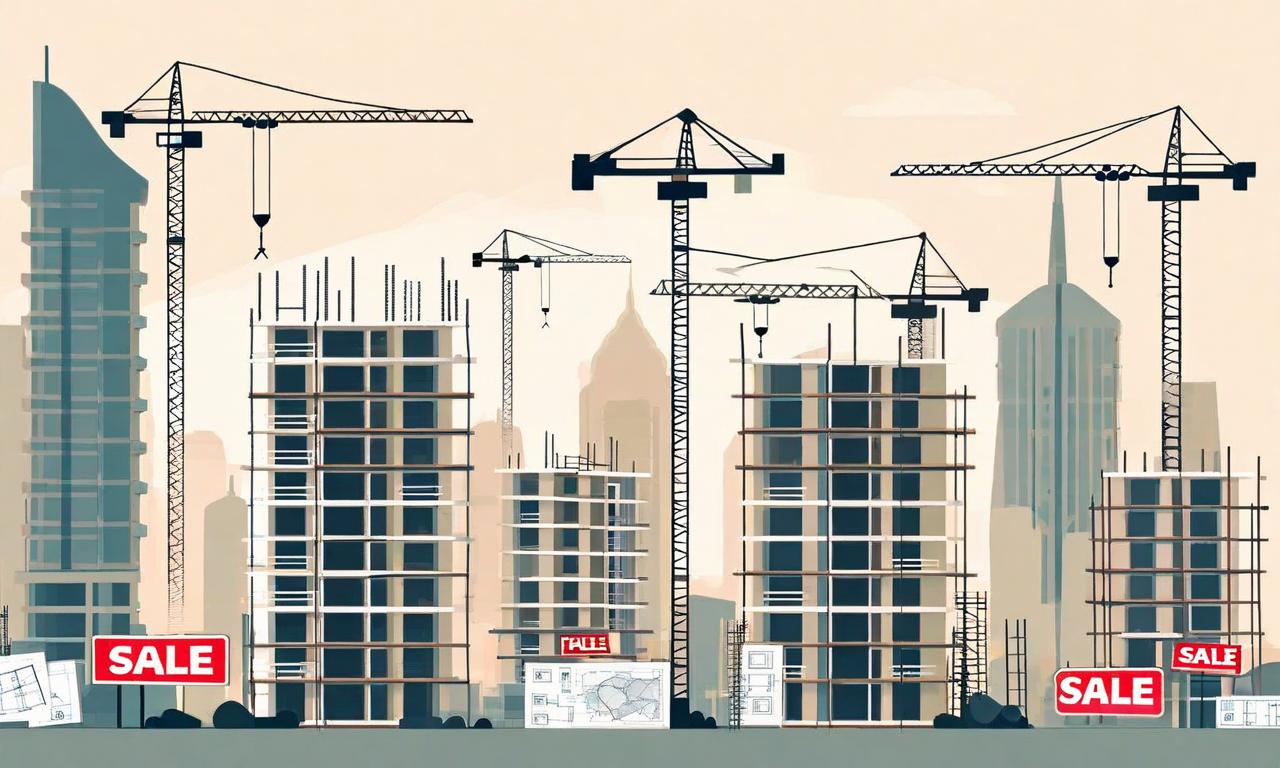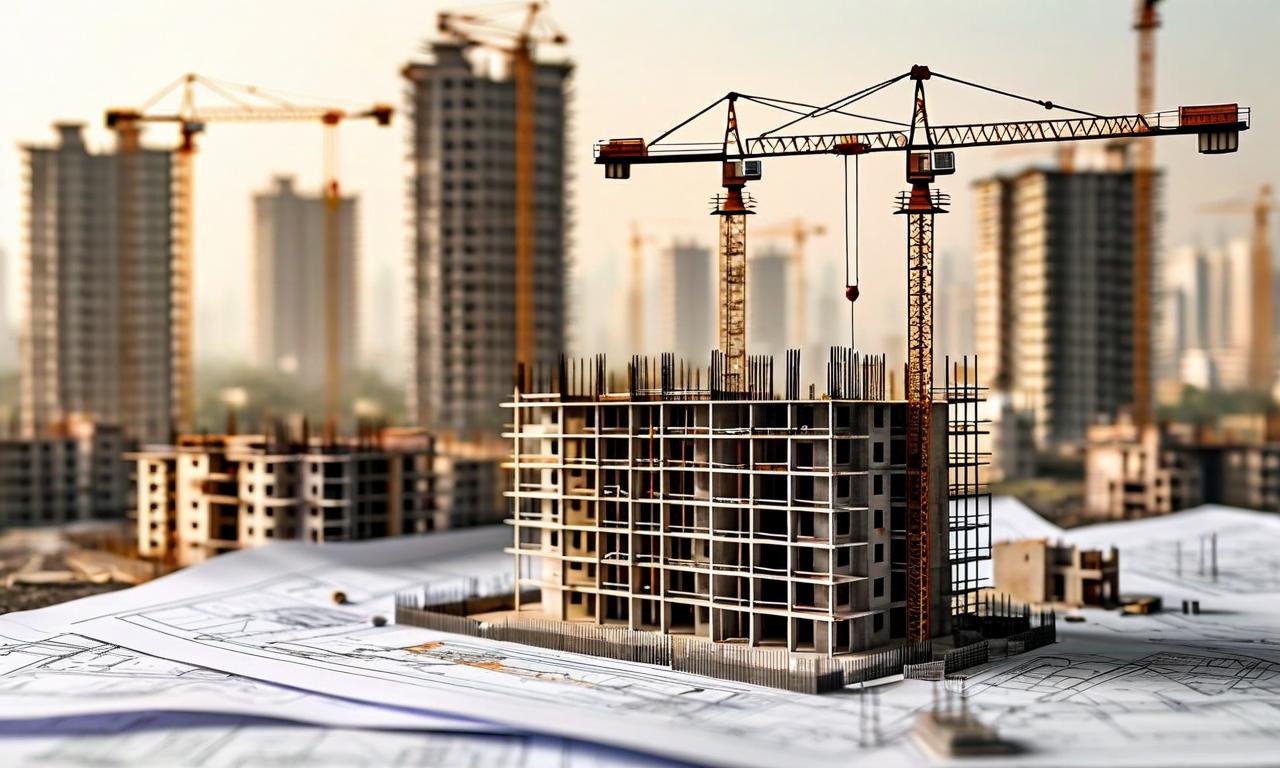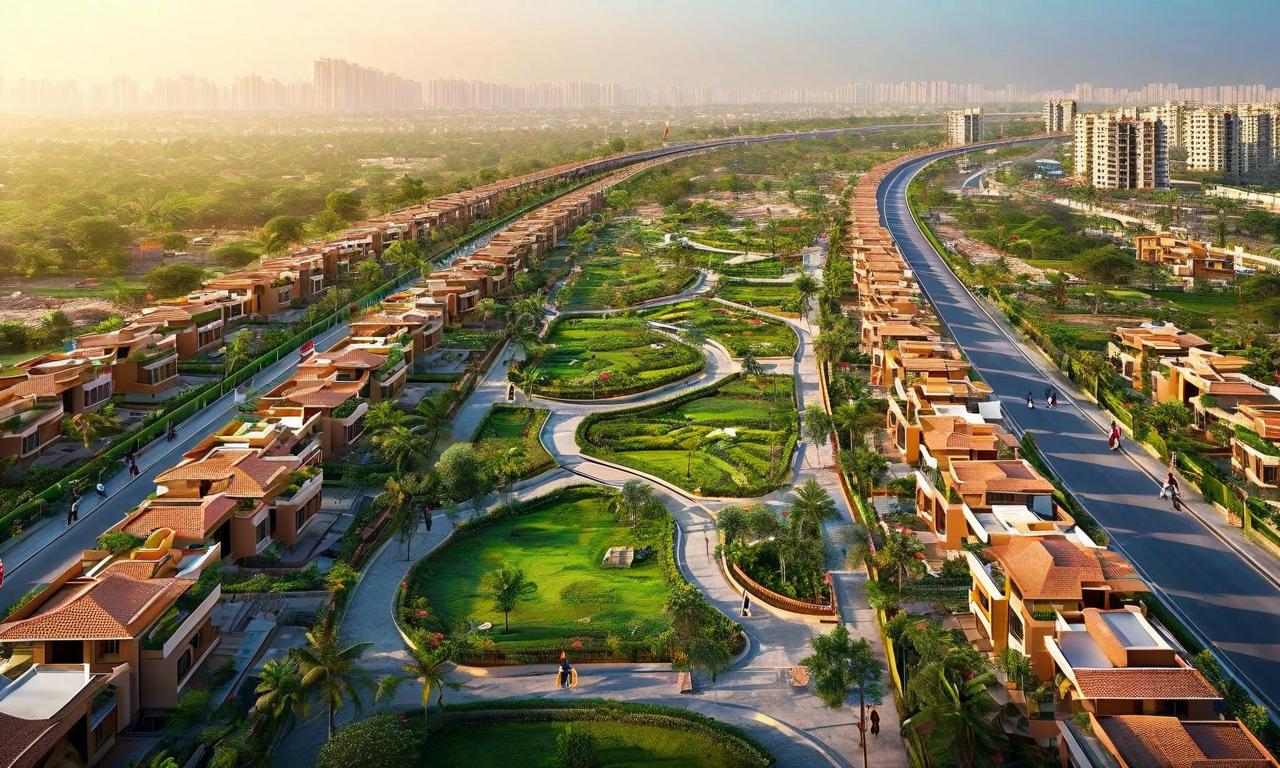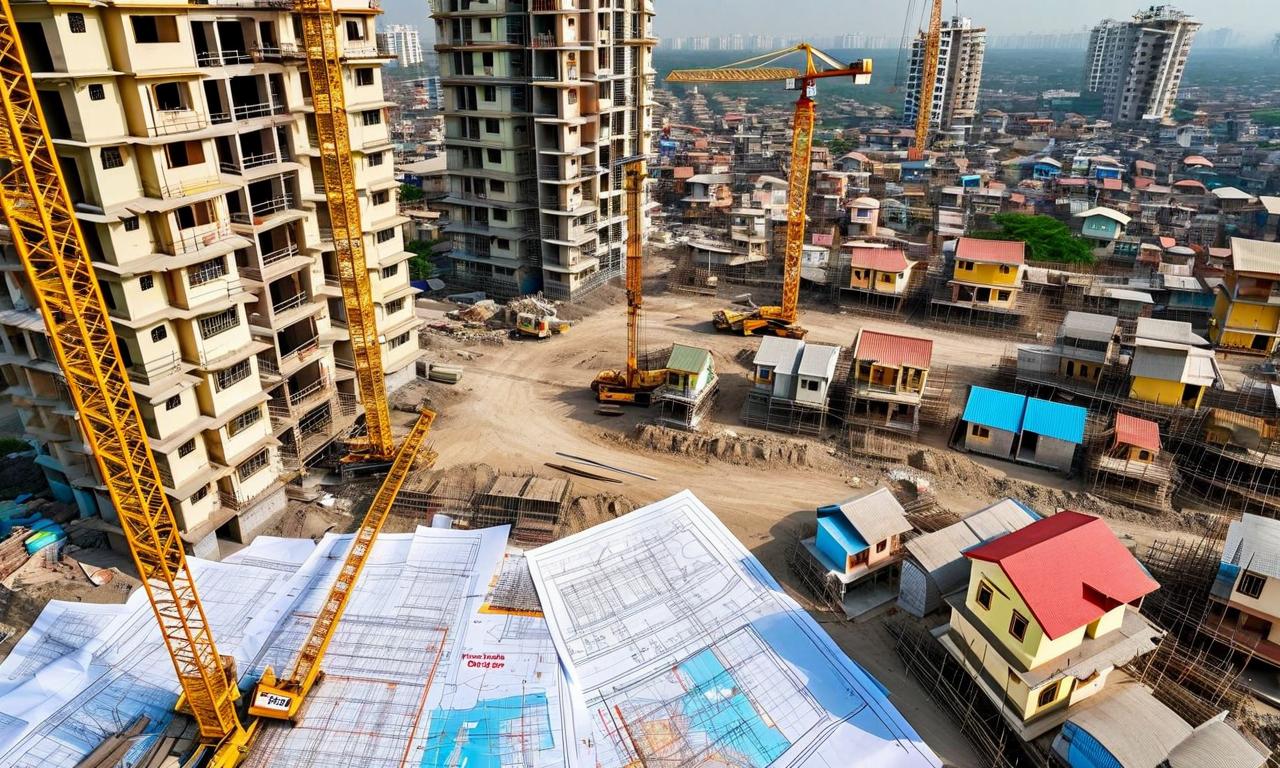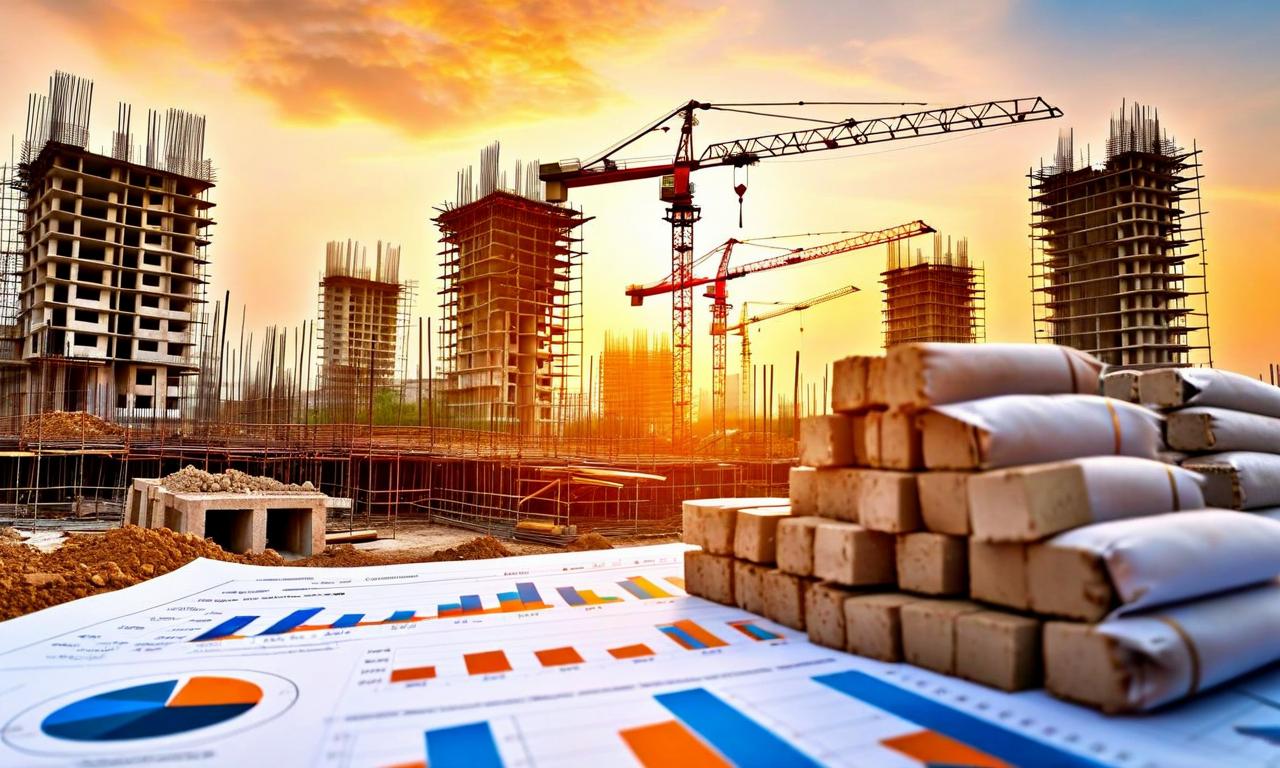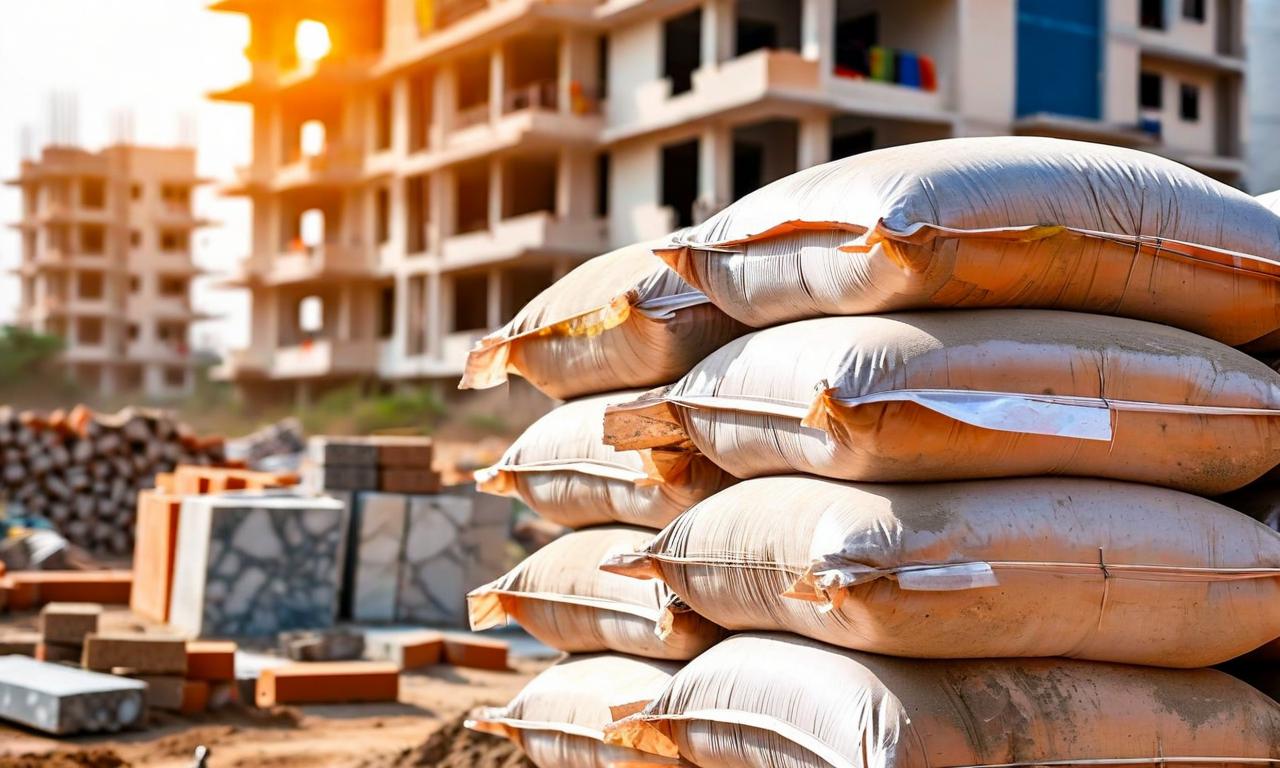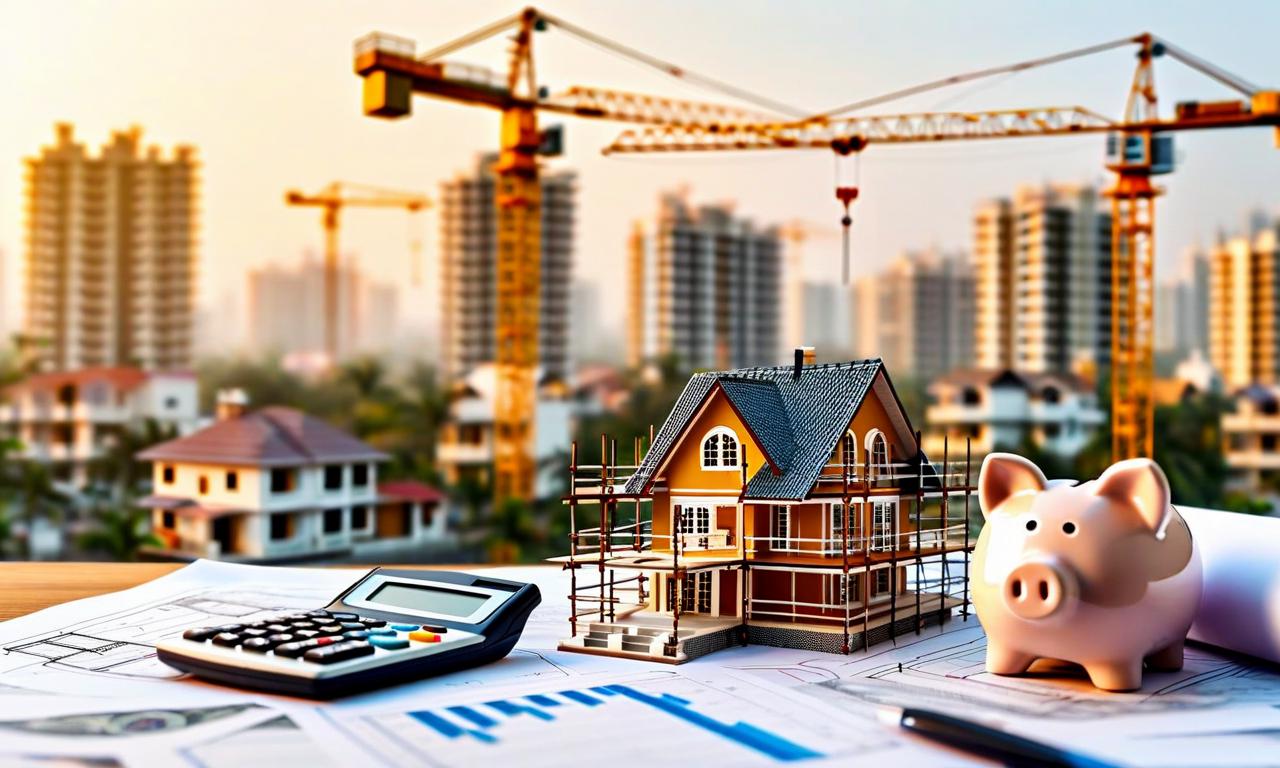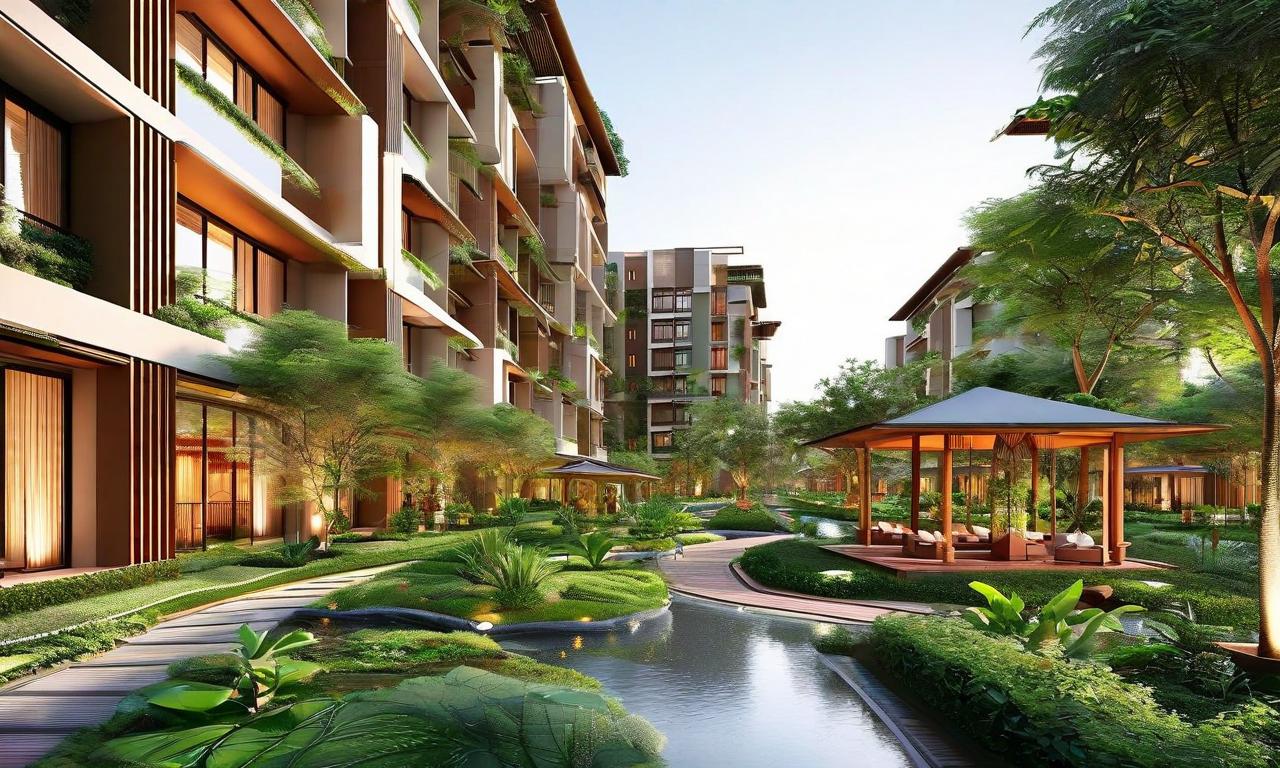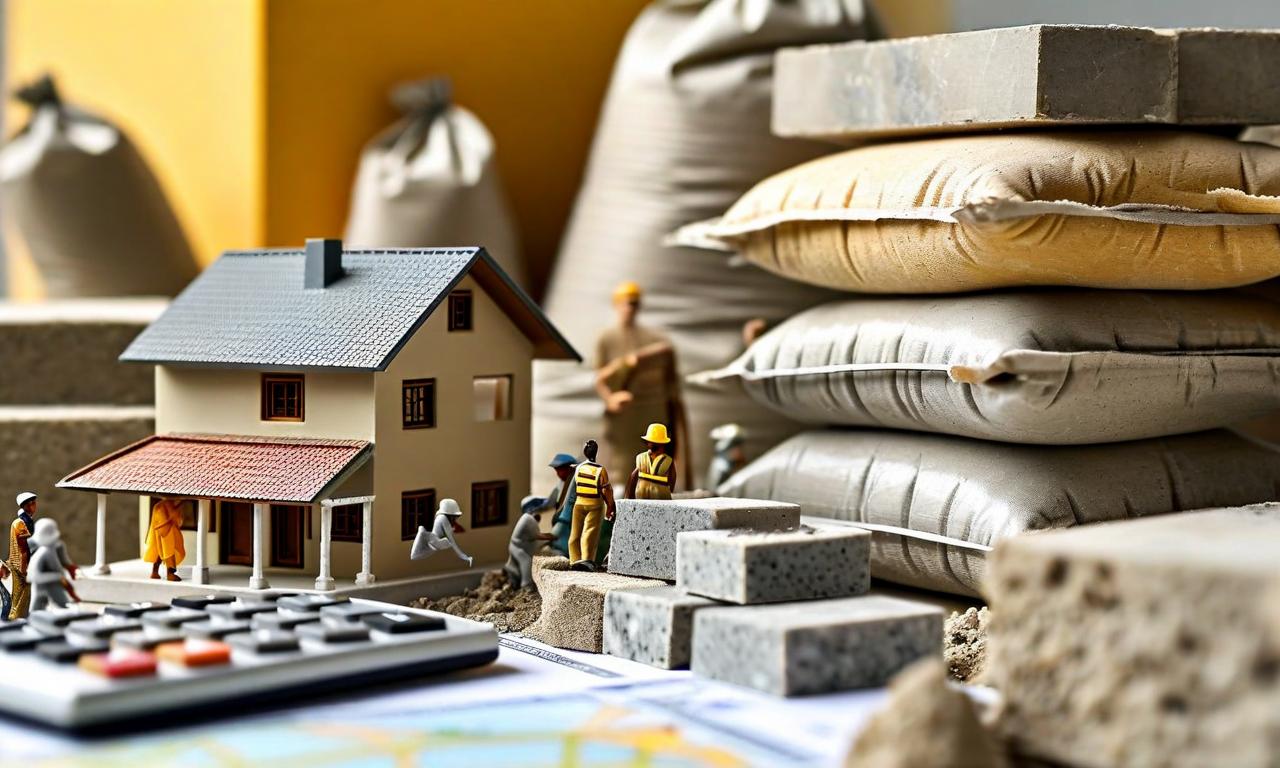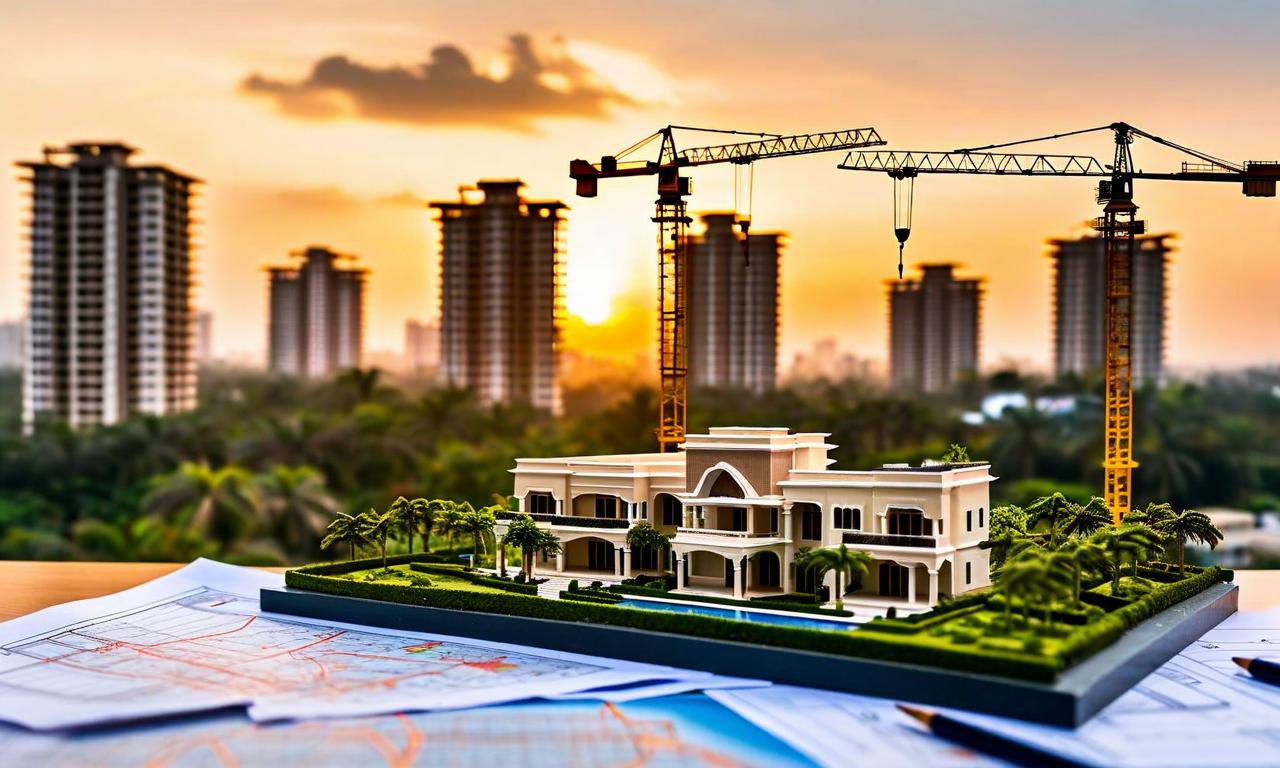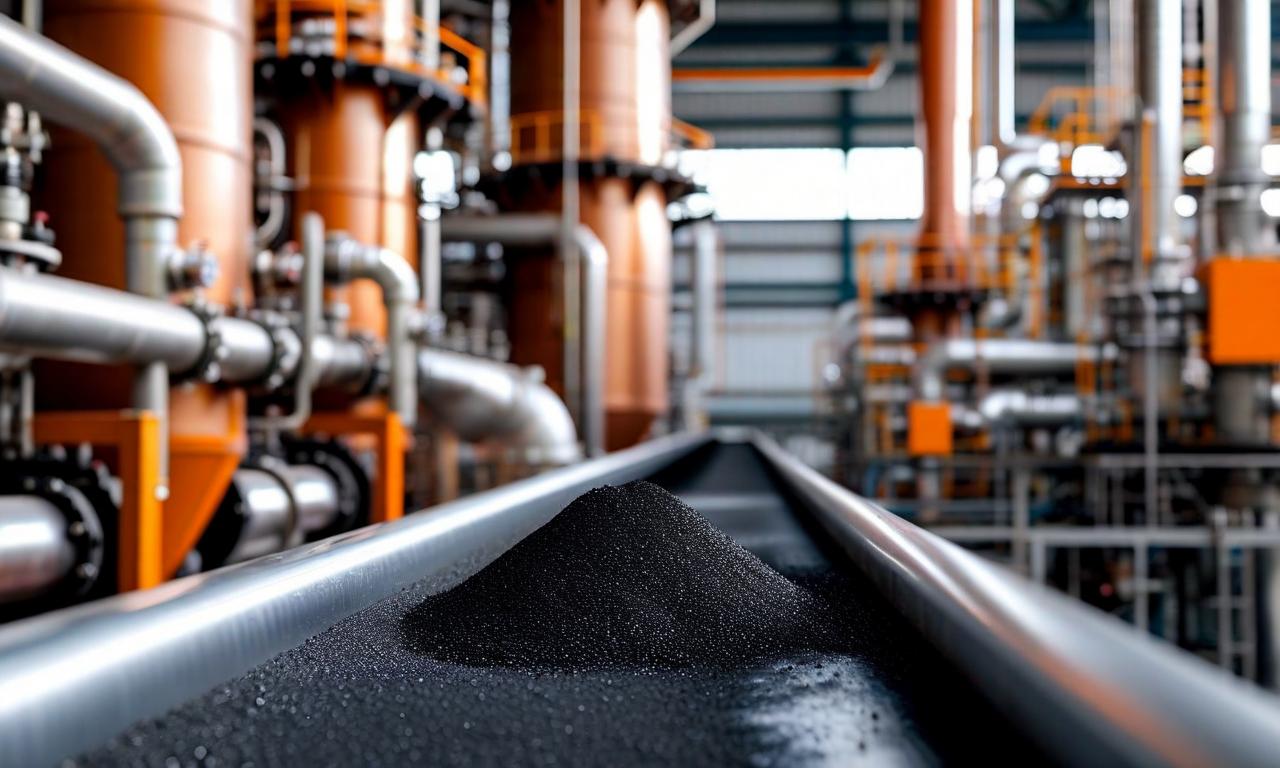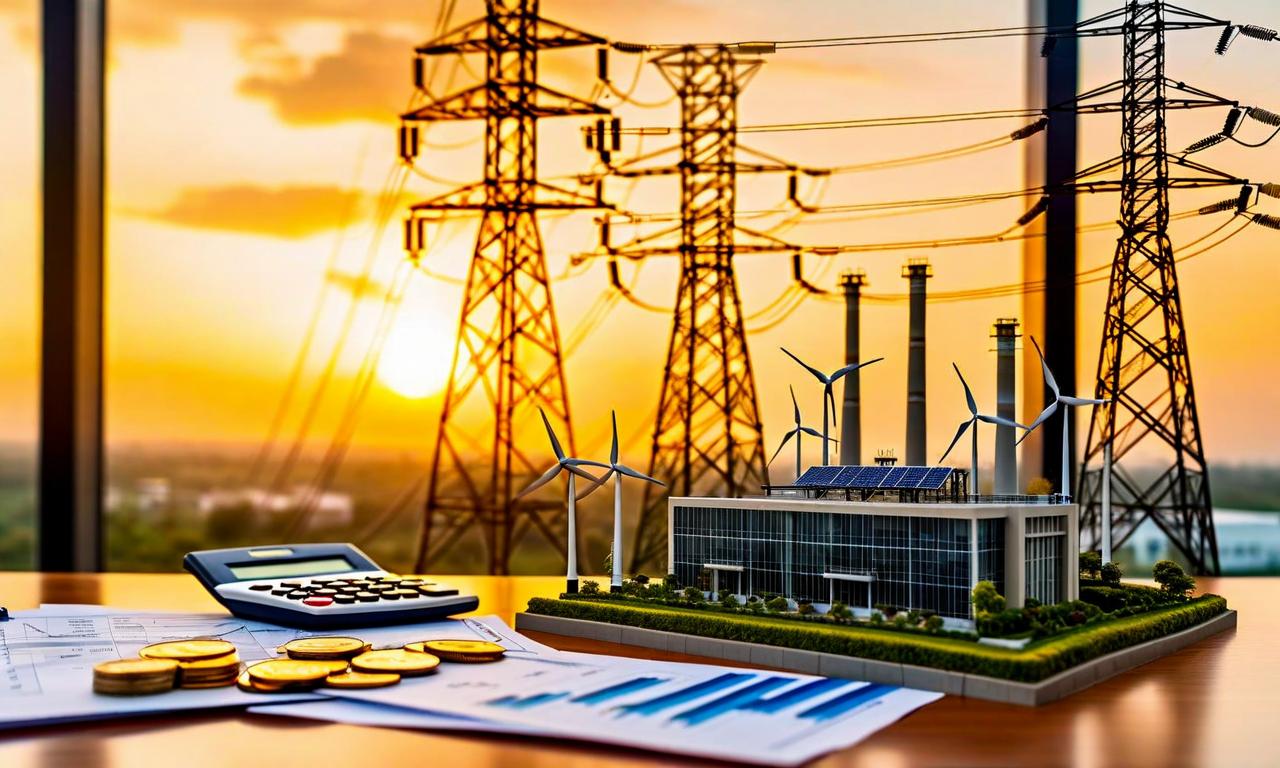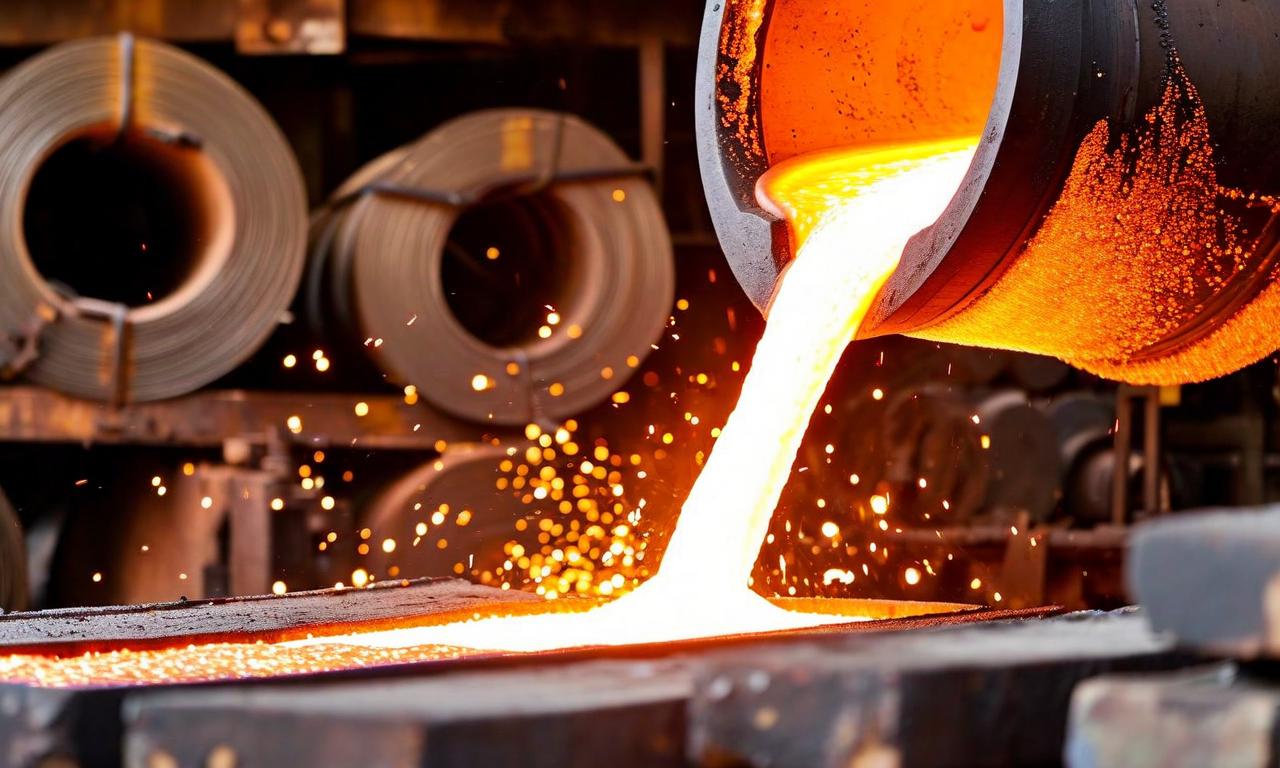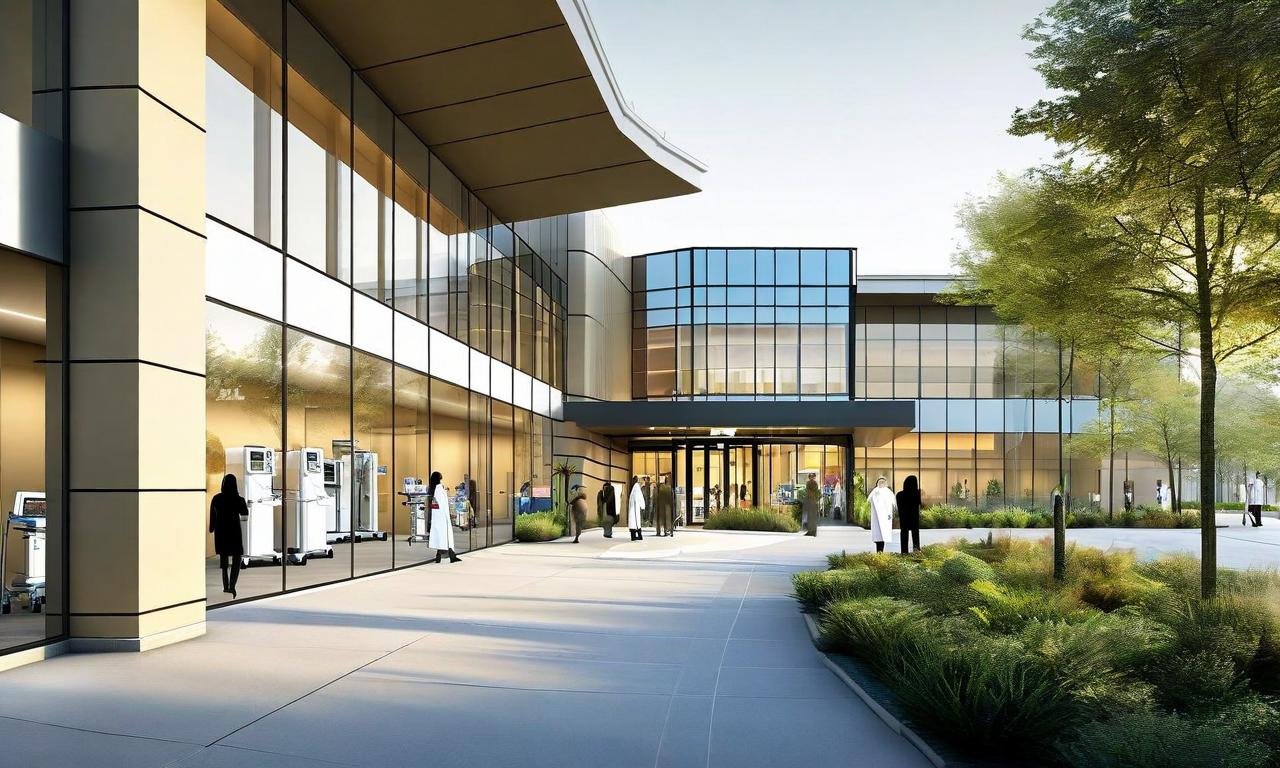DLF and Lodha Developers Report Strong Quarterly Presales
DLF posted quarterly presales of ₹4,330 crore, driven by its Dahlias project and a new launch in Andheri. Lodha Developers recorded ₹4,570 crore in presales, maintaining a quarterly run rate above ₹4,000 crore. Lodha projects reaching a ₹6,000 crore quarterly run rate from the third quarter. These figures indicate strong demand in the Indian property market and successful project launches.
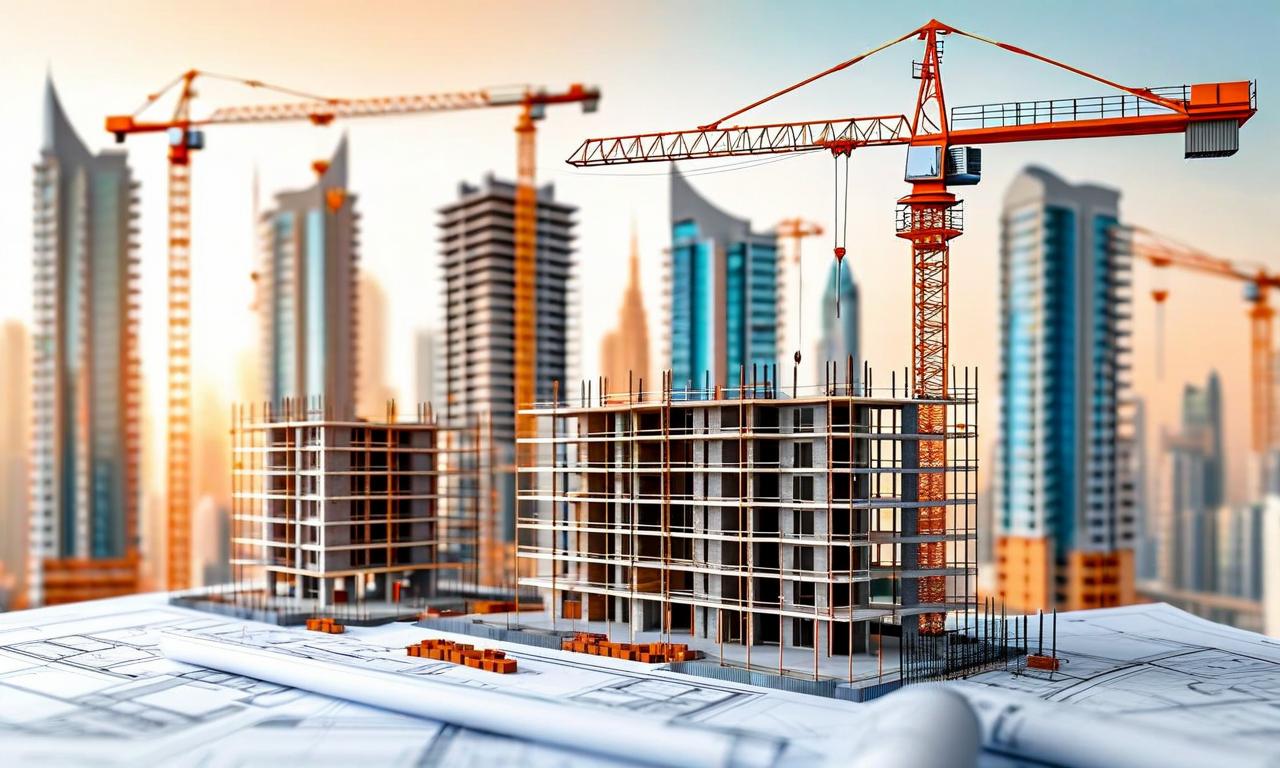
*this image is generated using AI for illustrative purposes only.
Real estate developers DLF and Lodha Developers have reported impressive quarterly presales figures, highlighting strong demand in the Indian property market.
DLF's Performance
DLF, a leading Indian real estate developer, has posted quarterly presales of ₹4,330.00 crore. The company's performance was primarily driven by two key factors:
- The success of its Dahlias project
- A new launch in Andheri
Lodha Developers' Growth
Lodha Developers, another major player in the Indian real estate market, has also demonstrated strong performance:
- Recorded quarterly presales of ₹4,570.00 crore
- Maintained its quarterly run rate above ₹4,000.00 crore
- Projects a target of reaching a ₹6,000.00 crore quarterly run rate starting from the third quarter
Comparative Analysis
To better understand the performance of both companies, let's look at their presales figures side by side:
| Company | Quarterly Presales (in ₹ crore) | Key Drivers |
|---|---|---|
| DLF | 4,330.00 | Dahlias project, New Andheri launch |
| Lodha Developers | 4,570.00 | Consistent performance above ₹4,000 crore run rate |
Industry Implications
The strong presales figures from both DLF and Lodha Developers indicate:
- Robust demand in the Indian real estate sector
- Successful project launches and marketing strategies
Lodha Developers' projection of achieving a ₹6,000.00 crore quarterly run rate from the third quarter onwards suggests confidence in the market's potential.
These results from two of India's prominent real estate developers paint an optimistic picture for the sector, suggesting a possible upward trend in the property market.
